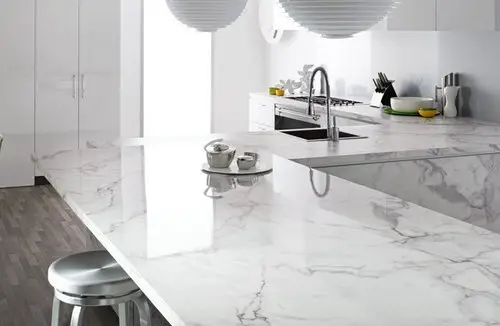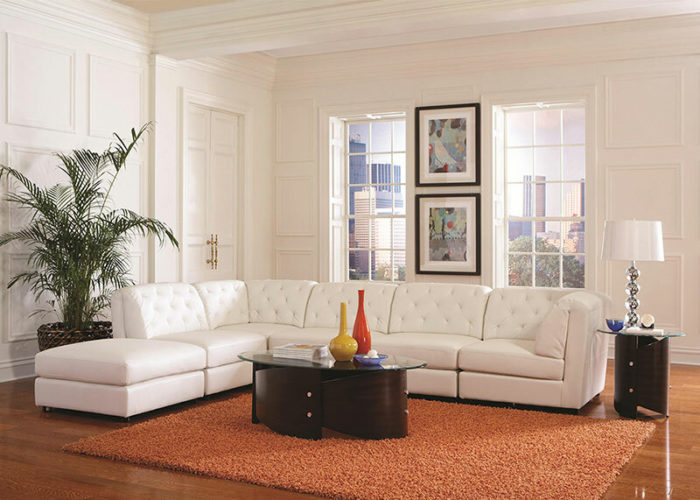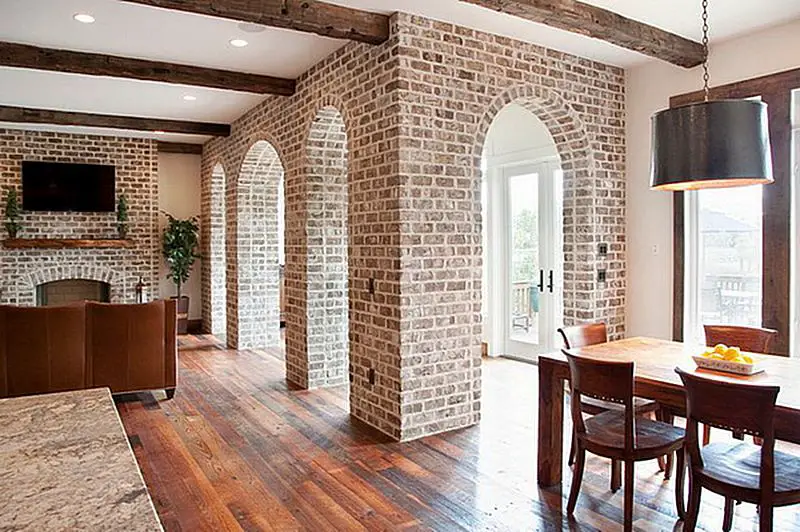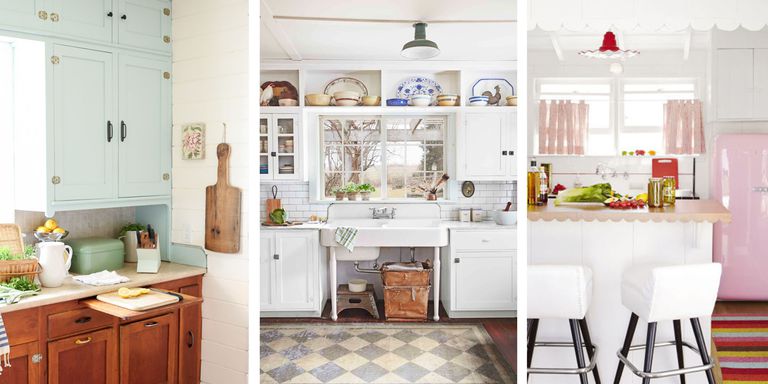They look like wood, marble, or leather. But the appearance is deceptive. Many materials that are used in interior design today are imitations. There can be various reasons for the use of material imitations. Sometimes it takes too much effort or is not technically feasible to install the original. In other cases, imitations are much more robust and easier to take care of. Sometimes sustainability plays a role, and in some cases, it is simply a question of budget. But can material imitations keep up with the original? Let’s check out some examples.
Wood imitations
Wood-effect tiles not only imitate the colors and grains of oak, beech, birch, and other types of wood. The surface structure is also sometimes worked irregularly. If you walk barefoot over the tiles or run your hand over them, you won’t get the same feeling as with real wood. Nevertheless, the feel is much more pleasant than with conventional, smooth tiles. A clear advantage of wood-effect tiles is that they are very easy to maintain.
Unlike parquet or wooden floorboards, there is no need to worry about scratches when children, dogs, or cats romp through the house. Even spilled drinks do not bother the tiles. Unsightly stains or discolorations are also not an issue. In addition, wood-effect tiles can be laid in the bathroom and kitchen without hesitation, and combined with underfloor heating, your feet always stay warm.
Marble imitations
Imitating marble is not a new idea. Plasterers very early made decorations from an imitation of the material. For stucco marble, they used mixtures consisting of plaster, glue, and color pigments. For floors and other surfaces, the so-called flow technique allows copying marble with the help of acrylic paints. Other alternatives are marble-effect tiles and slabs of artificial stone.
The latter are very suitable as countertops in the kitchen because they are much less sensitive than real marble. Imitation marble also has the advantage that it is easier to continue the decor coherently over several sections or the edges. This is because, as a natural product, no two slabs or tiles of a real marble look alike.

Leatherette
Leather is a natural product. Therefore, each piece is unique, and minor color differences or irregularities are not a flaw, but a feature of natural quality. In addition, genuine leather has a special feel and characteristic properties. However, leather wants to be treated with care.
In contrast, Leatherette is more durable. In addition, the artificial imitation can be cleaned without any problems. If a piece of furniture is covered with imitation leather, it is sufficient to wipe the surface with a damp cloth to remove dirt and stains. Regular greasing, as is necessary with high-quality leather, is not necessary with artificial leather.

In terms of quality and appearance, artificial materials have improved significantly over time. Today, artificial leather is available that comes very close to the original. For many people, faux leather is also interesting because they don’t want to use materials that come from killed animals. A lot has happened in this segment in particular. There is now even vegan leather that is made from cork or pineapple fibers, for example.
Nowadays, imitation materials are so good that in some cases it is almost impossible to tell the difference between the imitation and the original. Hence, there is a valid option with growing popularity in interior design.






